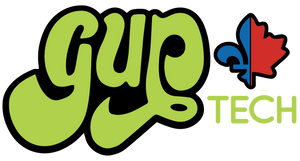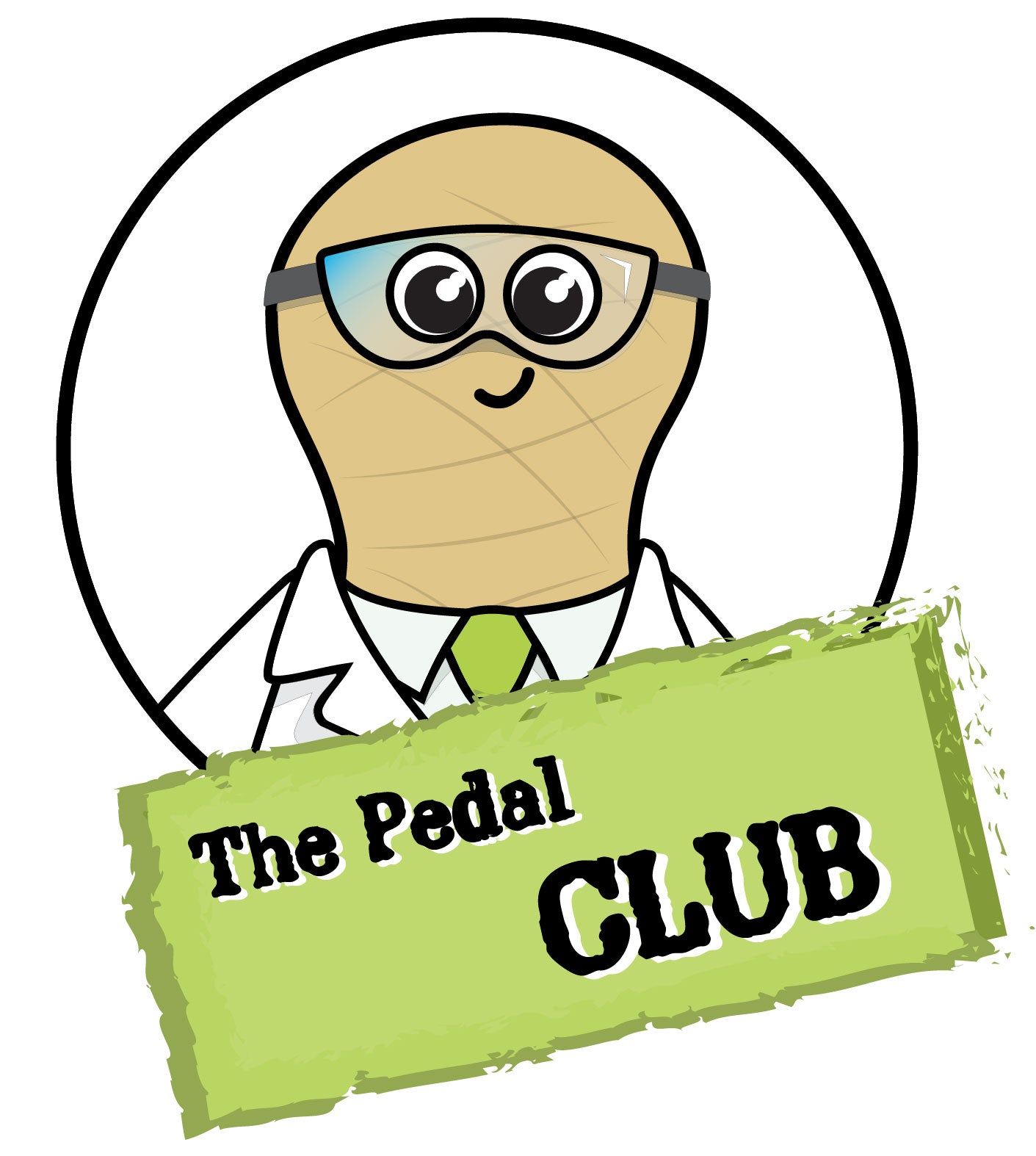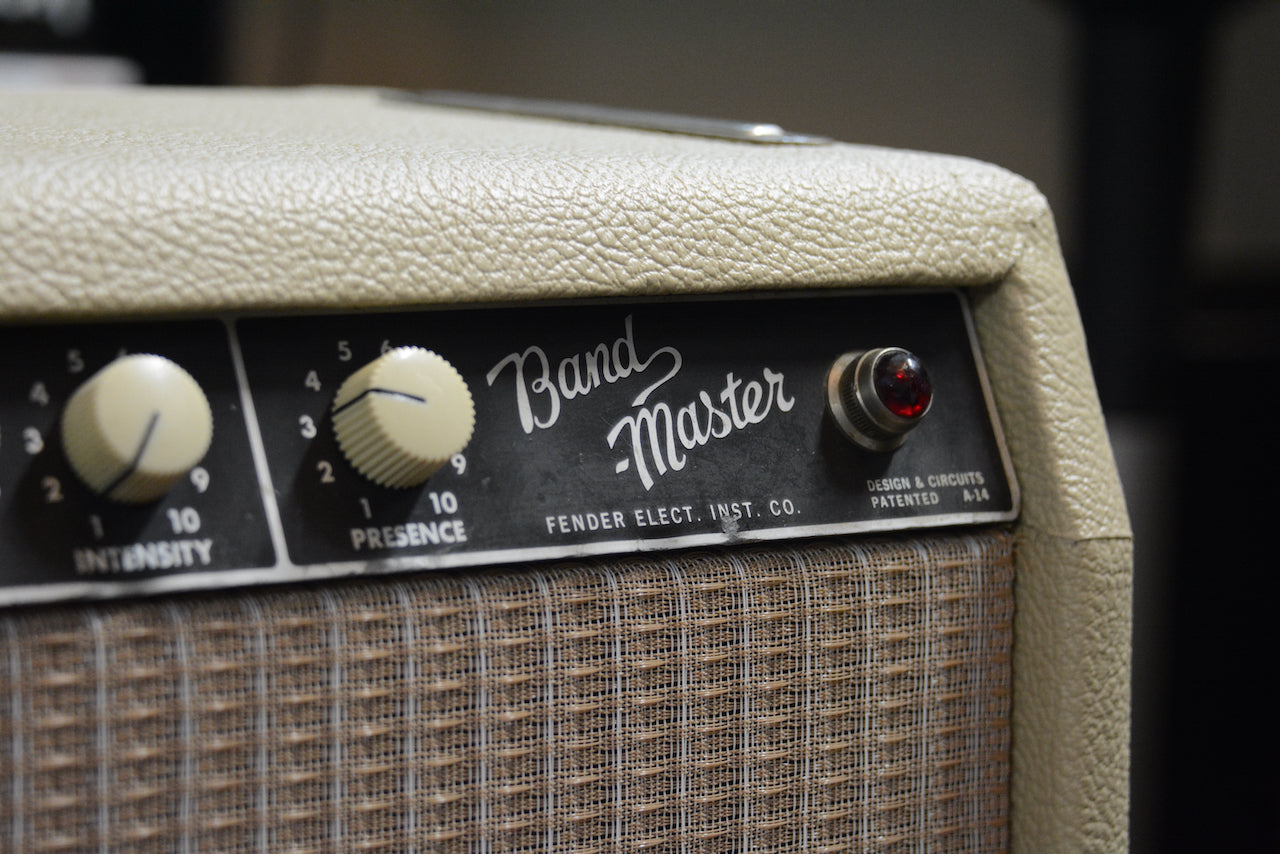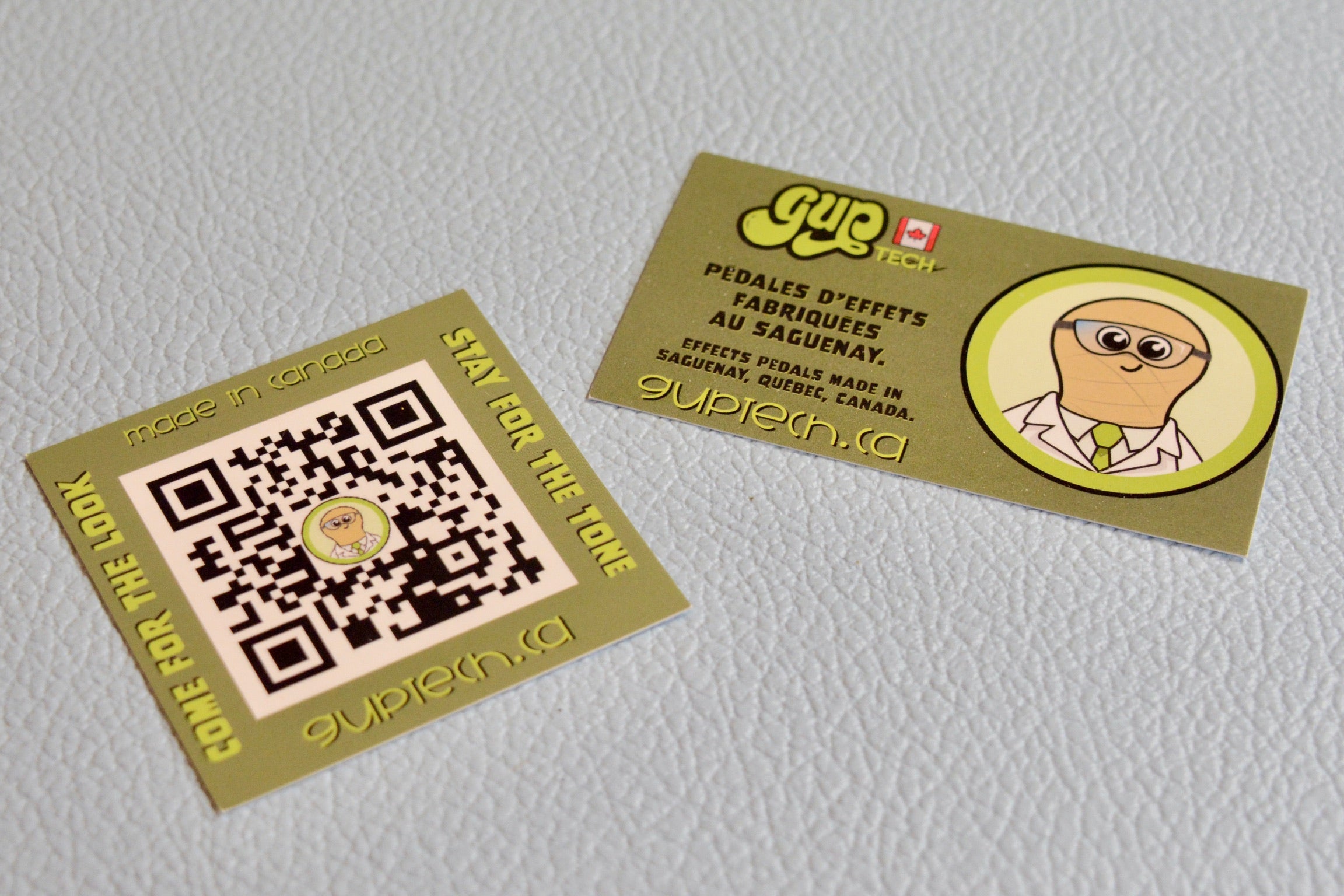I woke up wanting to know what people liked and did not like on a pedalboard, so I asked, and I had a few responses. Some really dove in and told me everything, others preferred to run me through the functionality. I thought it was fascinating and I had to share it with you. I could have rephrased it but you know what, for those in English already, why?
“ I use Temple Audio boards, manufactured in my childhood hometown of Saskatoon, Saskatchewan. They're sturdy, light, easy to wire, customizable electronic components to fit my needs, and look sleek. The downside is you can't expand the board, so if you run out of space, you need to replace it. I use their quick release system but I've seen people use velcro with them to great success.
As a bassist, my pedalboard essentially functions as my amp, since I plug in through the PA using a DI 99.99% of the time. I'll always have an always on Compressor (GUP Tech SQWZR), a dirt pedal (EHX Bass Big Muff Pi fuzz), a chorus (Walrus Julianna), and an always on preamp/DI (Ampeg SCR-DI). The rest is just for added colour depending on the gig. “
Ian Cognato.
“My pedalboard is different because everything is in a BLUE drawer tool chest. I don’t choose my pedals for the colour, but the blue-er, the better! No maximum, but I need enough to fill my my heavy need for effects (Octaver, Filter, Chorus, OD, Flanger, Delay, Reverb, Tremolo, Boost, Gate, EQ, and so on!). I like to have every device in a loop switcher that is externally activated, to limit the amount of loose cable and get a wider control.
The attached picture does not show my actual set up but gives an idea of how I like it. My favourite brands, even if I try to be neutral, are Empress, Maxon, Neunaber, Diamond, RJM, etc. I like to use Radial and Voodoo Lab for the tools and accessories. Since I don’t like daisy-chain routing, every device has its output.
Regarding the installation, I use velcro, bought at Canac. It’s pricey but it does the work. I find myself missing the soft part and with too much of the sticky one. I am open for trading! For the cable routing, I use Mogami 2523 with Neutrik connectors, and some Canare, and Digiflex wire for switching, all fixed with loom and tie-wraps.
J'aime que tout soit accessible rapidement, et surtout j'aime que la pédale/l'élément/le produit conserve l'intégrité du signal en ajoutant simplement son effet.
I want an easy access to my effects, and that each element keeps its original signal, only delivering its effect.
Mon pedalboard idéal est quelque peu différent étant donné qu'il se retrouve dans un coffre BLEU sur roulettes et avec des tiroirs. Quoique je ne choisis pas mes pédales en fonction de la couleur, ce serait vachement chouette d'avoir uniquement des pédales accumulant des BLUE POINTS! Niveau quantité, je dirais qu'il n'y a pas vraiment de maximum, mais que le minimum est assez important de mon côté pour satisfaire ma soif d'effets (Octaver, Filter, Chorus, OD, Flanger, Delay, Reverb, Tremolo, Boost, Gate, EQ, allouetttttttteeeeeeee!!!!!!).
J'aime que tous les dispositifs/pédales soient dans des boucles (loop-switcher) activables à l'externe. Du coup, je peux limiter un peu les « run de câbles » par lesquels le signal passe et contrôler simultanément l'activation de l'ensemble de mes pédales.
L'image (pas actuelle), démontre un peu le système utilisé relativement aux effets de guitare. Niveau marque, j'essaye de ne pas me donner de favori, mais force est de constater que j'aime beaucoup Empress, Maxon, Neunaber, Diamond, RJM, etc... Niveau routing, outils et alimentation, j'utilise les produits Radial et Voodoo Lab. À souligner que je ne suis pas amateur du daisy-chain en raison des problèmes que cela peut engendrer. Chaque élément est donc alimenté par une sortie isolée.
Concernant la fixation, j'utilise du velcro que l'on retrouve chez Canac. C'est cher, mais cela fait tellement bien le travail. Tristement, je me retrouve toujours avec trop de côté crochet (qui pique), et toujours pas assez de côté velours (doux). Si jamais quelqu'un veut faire du troc! Relativement au câblage, j'utilise du Mogami 2524 principalement avec des connecteurs Neutrik, mais j'ai aussi un peu de Canare et du fil Digiflex pour le switching. J'utilise du loom et des tie-wraps pour fixer le tout.
J'aime que tout soit accessible rapidement, et surtout j'aime que la pédale/l'élément/le produit conserve l'intégrité du signal en ajoutant simplement son effet.
 Mathieu
Mathieu
The signal chain starts at the bottom right with the Polytune. Guul (Sun) is always on, providing clarity. I then have an MXR compressor used for clean, brilliant strat tones, then begins the distortion/overdrive/noise section. This section starts with the Earthqaker Devices Avalanche Run, a beast of an overdrive pedal with many different types of overdriven and outright distorted tones. Then I have an Earthquaker Devices Data Corruptor, this allows me to generathe synth-like sounds that are just wild. Then I have another GupTech pedal, the Torch (my friend Jordan's edition), this segment is straight for death metal and other brutal tones. Using the torch as my OD, I run it behind a Klirrton Oh My Goat! pedal for an absolutely insane chainsaw tone that I then control using an EQ. I then move on to Modulation. I have an ElectroHarmonix Phaser with a very gentle phase for a little bit of texture for solos, going into my beloved Earthquaker Devices Avalanche Run V2, which is the only pedal coming out stereo on the board. It's a combination reverb and delay pedal and it has literally hundreds of sound combinations and I've yet to find a bad one. Finally at the end of the chain, I have two rather inexpensive pedals that I love, The Joyo Wooden Sound (Acoustic Guitar Emulator) and a Space Verb, setup with a gentle reverb to use exclusively for the acoustic emulator.
So as you can see, the board is not setup for one type of musical genre. It's at the heart of my guitar recording because I've built it for diverse tones and applications. I've even run vocals and drum tracks through it.
 Chris
Chris
“Moi j'aime le mien bien "clean" le moins de fil apparent possible! Et le power supply ça va en dessous!
I love a clean setup, with as little visible cable as possible, and the power supply hidden under the board, because it uses 2 pedal spots!”
 Eric from Ric’s Pedalboard
Eric from Ric’s Pedalboard
“Dans mon cas, je suis principalement un bassiste qui joue de la guitare occasionnellement. Donc j’ai une sélection de pédales qui peuvent me servir pour les deux types d’instruments.
Dans ma collection GUPTech, j’ai pour le moment la Honker Mod (pas présente sur les photos, je l’ai prêté à mon meilleur ami) et la Bass Bone (que j’adore!!!). Il manque aussi ma toute dernière, la VT Bass DI de Tech 21. Je compte bien changer ma Forcefield pour la SQWZR éventuellement.
Concernant mon board, il est homemade en veneer 3/4. Il a 23 x 16 et il est collé vissé braisé. C’est mon premier, c’était plus économique mais au final j’en suis bien fier. Mon chanteur m’a passé une commande pour lui en faire un aussi!
I am a bassist who occasionally plays the guitar, so I have a board that suits both instruments. My GUP Tech collection consists of a Honker (I lent it to my friend) and a Bass Bone (that I love). My newest one, VT Bass DI from Tech 21 is also missing in the picture. I intend to replace my Forcefield for a SQWZR eventually.
I got back to music around 3 years ago and reinitiated my teenage band, and built my own pedalboard, 23 x 16 with veneer. It was my first attempt and it’s was pretty cheap to make, and I am proud of it. I will even make one for the singer of our band!”


 Patrick
Patrick
“Here’s my pedal board (you’ll recognize a couple of the pedals). The bottom row goes into the front of the amp and the back row into the effects loop. All my pedals are held down with Velcro; the board came with Velcro loops on it and a big roll of the hook side for my pedals. It’s a Tone Trunk board that I was given by my kids several Christmases ago. As you can see, it’s a good size and provides lots of room for a variety of pedals, it’s strong and comes with a carrying case. The only downside is the structural braces underneath are too close together so I can’t mount my power block underneath it. “
 Pete
Pete
Some like to use Velcro, while others despise it because of the sticky particles that remain under the pedals. I even had someone tell me he does not use a board and simply gets the pedals that he feels like using, and puts them on the top of a desk, and activates by hand.
Finally, Guillaume does not have a fixed board because he does not play in bands and for gigs anymore. He has however developed a fixation part, that I like to call the “red thingy” that can be screwed directly in the board, and fixed on the pedal using the existing screws, that have more than enough threads to accommodate a thick clip.





